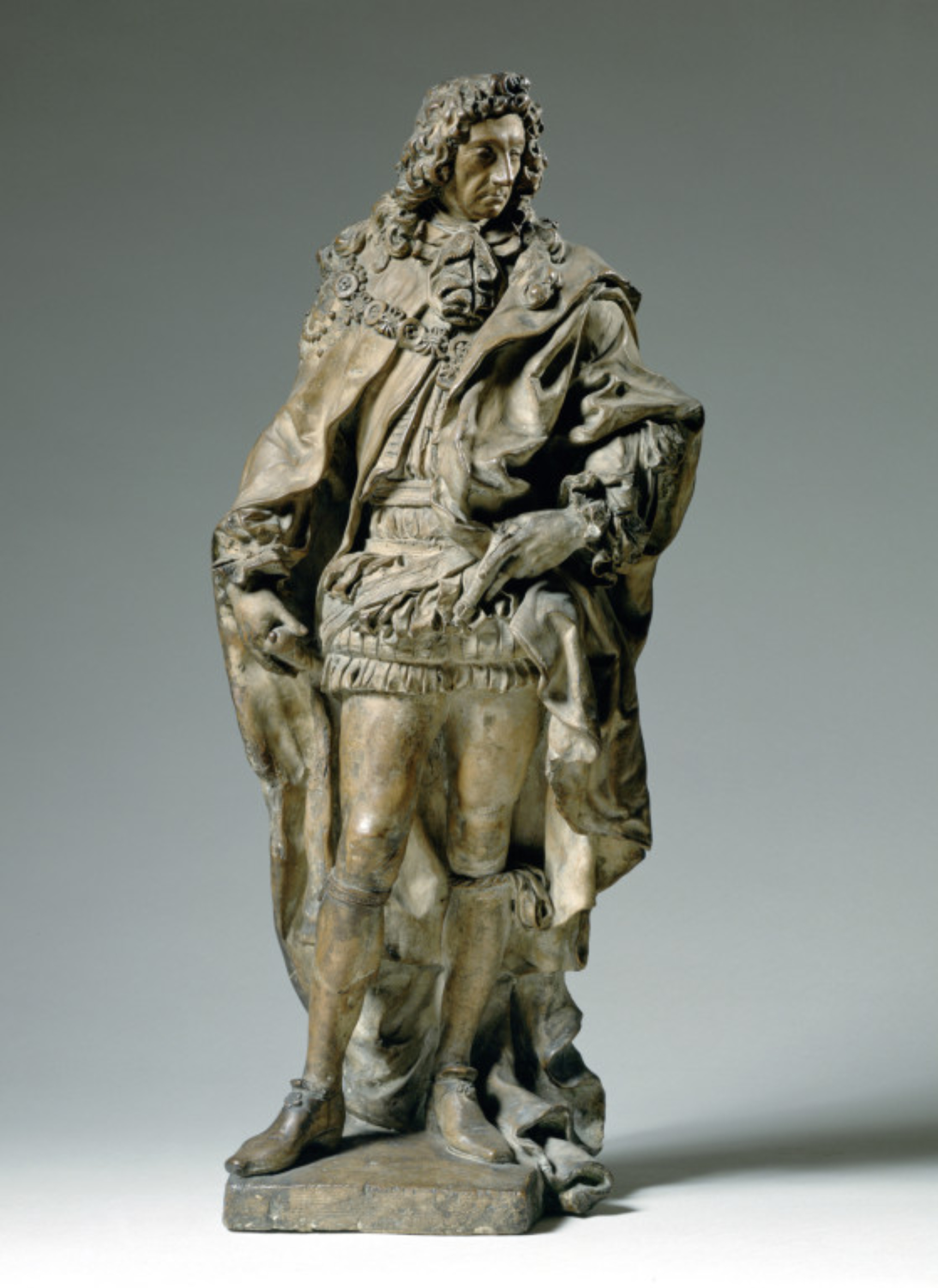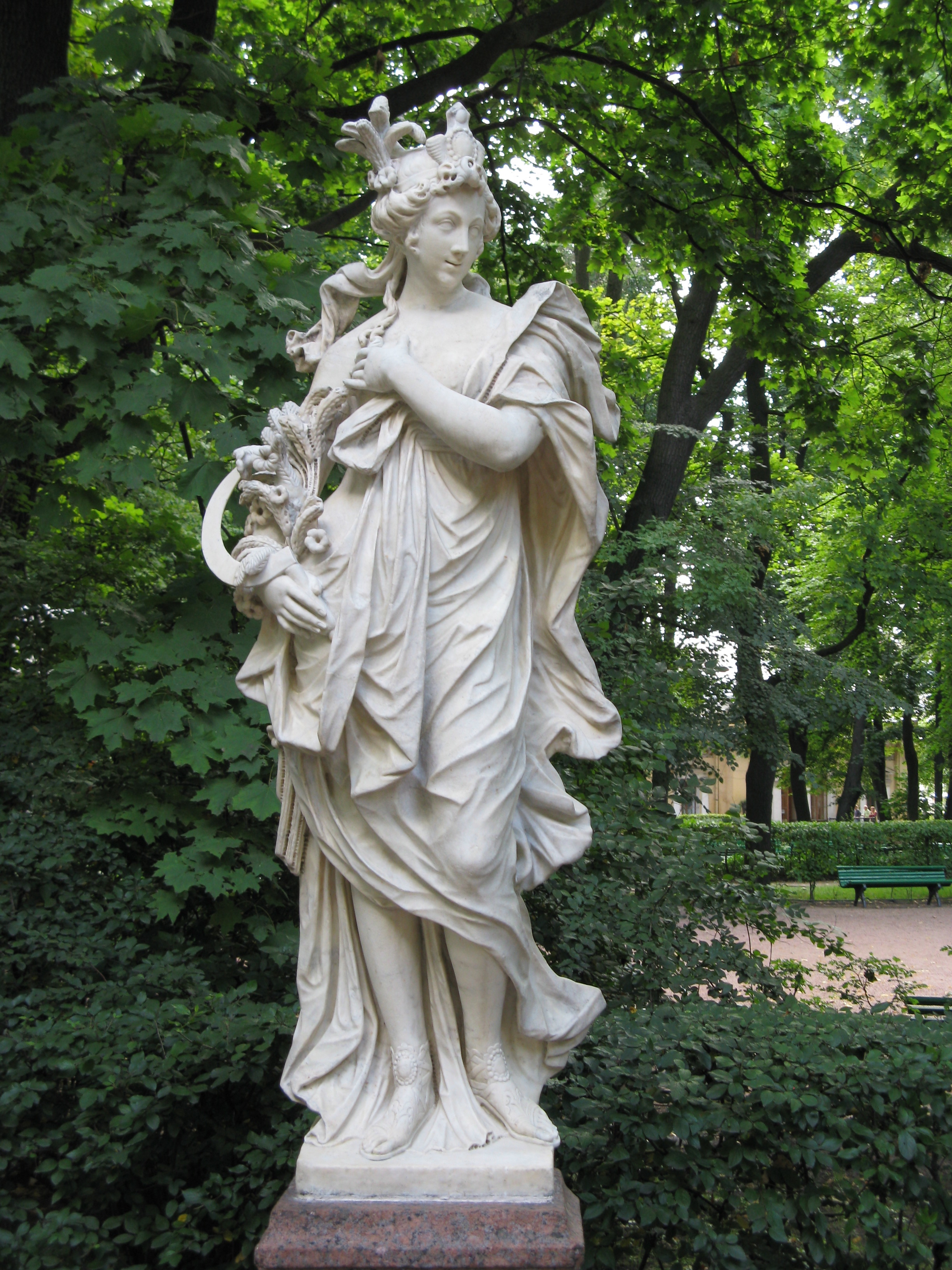|
Quellinus
Quellinus is the surname of a family of Flemish artists, painters and sculptors active in the 17th century in Antwerp. Members of the family include: * Erasmus Quellinus I, also ''the Elder'', sculptor, (ca. 1584–1639/40) **Erasmus Quellinus the Younger, painter, (1607–78) ***Jan Erasmus Quellinus, painter (1634–1715) ** Artus Quellinus I, sculptor, (1609–68) **Hubertus Quellinus, drawing artist, (1619–87)Hubertus Quellinus at the *, also ''the Younger'', sculptor, (1625â ... [...More Info...] [...Related Items...] OR: [Wikipedia] [Google] [Baidu] |
Erasmus Quellinus The Younger
Erasmus Quellinus the Younger or Erasmus Quellinus II (1607–1678) was a Flemish painter, engraver, draughtsman and tapestry designer who worked in various genres including history, portrait, allegorical, battle and animal paintings. He was a pupil of Peter Paul Rubens and one of the closest collaborators of Rubens in the 1630s. Following Rubens' death in 1640 he became one of the most successful painters in Flanders. He was a prolific draughtsman who made designs for decorative programmes in the context of official celebrations, for publications by the local publishers and for tapestries and sculptures realised by the local workshops. His work reveals the Classicist trend in the Baroque.Matthias Depoorter, ''Erasmus Quellinus II'' at Baroque in the Southern Netherlands [...More Info...] [...Related Items...] OR: [Wikipedia] [Google] [Baidu] |
Artus Quellinus I
Artus Quellinus the Elder, Artus Quellinus I or Artus (Arnoldus) Quellijn (20 or 30 August 1609, Antwerp – 23 August 1668, Antwerp) was a Flemish sculptor. He is regarded as the most important representative of the Baroque in sculpture in the Southern Netherlands. He worked for a long period in the Dutch Republic and operated large workshops both in Antwerp and Amsterdam. His work had a major influence on the development of sculpture in Northern Europe.Hans Vlieghe and Iris Kockelbergh. "Quellinus." Grove Art Online. Oxford Art Online. Oxford University Press. Web. 25 March 2014 Life Artus Quellinus the Elder was born into an artistic family. He was the son of the respected Antwerp sculptor |
Hubertus Quellinus
Hubertus Quellinus or Hubert Quellinus (15 August 1619, Antwerp – 1687) was a Flemish printmaker, draughtsman and painter and a member of the prominent Quellinus family of artists. His engravings after the work of his brother, the Baroque sculptor Artus Quellinus the Elder, were instrumental in the spread of the Flemish Baroque idiom in Europe in the second half of the 17th century. Life Hubertus Quellinus was born in Antwerp on 15 August 1619 as the son of Erasmus Quellinus I, Erasmus Quellinus the Elder and Elisabeth van Uden. His family was a family of sculptors and painters which included, amongst others, his father and his brothers, the Rubens pupil Erasmus Quellinus II, Erasmus Quellinus the Younger and the prominent sculptor Artus Quellinus the Elder.Hubert Quellinus at the Netherlands Institute for Art History Hubertus' mother wa ... [...More Info...] [...Related Items...] OR: [Wikipedia] [Google] [Baidu] |
Artus Quellinus II
Artus Quellinus II or Artus Quellinus the Younger (alternative first name: Arnold; variation on family name: Quellijn, Quellyn, Quellien, Quellin, Quellinius) (between 10 and 20 November 1625, Sint-Truiden – 22 November 1700, Antwerp) was a Flemish sculptor who played an important role in the evolution of Northern-European sculpture from High Baroque to Late Baroque.Matthias Depoorter, ''Artus Quellinus II'' at: Baroque in the Southern Netherlands Life  Artus Quellinus II was born into an artistic family. His uncle ...
Artus Quellinus II was born into an artistic family. His uncle ...
[...More Info...] [...Related Items...] OR: [Wikipedia] [Google] [Baidu] |
Jan Erasmus Quellinus
Jan Erasmus Quellinus (1634 in Antwerp – 11 March 1715 in Mechelen) was a Flemish painter and draughtsman and a member of the famous Quellinus family of artists. He was one of the last prominent representatives of the great Flemish school of history and portrait painting in the 17th century. His work displays the classicizing influences of his father Erasmus Quellinus the Younger and Paolo Veronese. Mainly active in his native Antwerp, he worked for some time in Vienna for the Habsburg court as a court painter to Emperor Leopold I.Jan Erasmus Quellinus at barokinvlaanderen Life Jan Erasmus Quellinus was born into a family of sculptors and painters, which included, amongst others, his grandfather[...More Info...] [...Related Items...] OR: [Wikipedia] [Google] [Baidu] |
Artus Quellinus III
Artus Quellinus III, known in England as Arnold QuellinArtus Quellinus III at the (1653 – December 1686) was a Flemish sculptor who after training in Antwerp was mainly active in London. Here he worked in partnership with the English sculptor on some commissions. Some of the works created during their partnership cannot with certainty be attributed to Quellinus or Gibbons. [...More Info...] [...Related Items...] OR: [Wikipedia] [Google] [Baidu] |
Thomas Quellinus
Thomas Quellinus (March 1661 – September 1709), also known, especially in Denmark, as Thomas Qvellinus, was a Flemish baroque sculptor.Thomas Quellinus at the He was born in as a member of the well-known Quellinus family of artists active in 17th century . He worked most of his career in |
Erasmus Quellinus I
Erasmus Quellinus I or Erasmus Quellinus the Elder (alternate names: Erasmus Quellinck, Erasme Quellin (I)) (Sint-Truiden, 1584 - Antwerp, 22 January 1640) was a Flemish sculptor best known for classically inspired ornamentation work and copies after the antique. He was the founder of an important Antwerp dynasty of artists. Life Details of his early life and training have not survived. He became master of the Antwerp Guild of Saint Luke in 1606. He married Betje van Uden, the sister of the painter Lucas van Uden. The couple had three sons: Erasmus, who would become a painter and engraver, Artus, who would follow in his father's footsteps and become a sculptor, and Hubertus, who became an engraver and painter. His daughter Cornelia Quellinus married his pupil, the sculptor Pieter Verbrugghen the Elder. [...More Info...] [...Related Items...] OR: [Wikipedia] [Google] [Baidu] |
Surnames
In some cultures, a surname, family name, or last name is the portion of one's personal name that indicates one's family, tribe or community. Practices vary by culture. The family name may be placed at either the start of a person's full name, as the forename, or at the end; the number of surnames given to an individual also varies. As the surname indicates genetic inheritance, all members of a family unit may have identical surnames or there may be variations; for example, a woman might marry and have a child, but later remarry and have another child by a different father, and as such both children could have different surnames. It is common to see two or more words in a surname, such as in compound surnames. Compound surnames can be composed of separate names, such as in traditional Spanish culture, they can be hyphenated together, or may contain prefixes. Using names has been documented in even the oldest historical records. Examples of surnames are documented in the 11th ce ... [...More Info...] [...Related Items...] OR: [Wikipedia] [Google] [Baidu] |
Culture In Antwerp
Culture () is an umbrella term which encompasses the social behavior, institutions, and norms found in human societies, as well as the knowledge, beliefs, arts, laws, customs, capabilities, and habits of the individuals in these groups.Tylor, Edward. (1871). Primitive Culture. Vol 1. New York: J.P. Putnam's Son Culture is often originated from or attributed to a specific region or location. Humans acquire culture through the learning processes of enculturation and socialization, which is shown by the diversity of cultures across societies. A cultural norm codifies acceptable conduct in society; it serves as a guideline for behavior, dress, language, and demeanor in a situation, which serves as a template for expectations in a social group. Accepting only a monoculture in a social group can bear risks, just as a single species can wither in the face of environmental change, for lack of functional responses to the change. Thus in military culture, valor is counted a typica ... [...More Info...] [...Related Items...] OR: [Wikipedia] [Google] [Baidu] |
Flemish Artists (before 1830)
Flemish (''Vlaams'') is a Low Franconian dialect cluster of the Dutch language. It is sometimes referred to as Flemish Dutch (), Belgian Dutch ( ), or Southern Dutch (). Flemish is native to Flanders, a historical region in northern Belgium; it is spoken by Flemings, the dominant ethnic group of the region. Outside of Flanders, it is also spoken to some extent in French Flanders and the Dutch Zeelandic Flanders. Terminology The term ''Flemish'' itself has become ambiguous. Nowadays, it is used in at least five ways, depending on the context. These include: # An indication of Dutch written and spoken in Flanders including the Dutch standard language as well as the non-standardized dialects, including intermediate forms between vernacular dialects and the standard. Some linguists avoid the term ''Flemish'' in this context and prefer the designation ''Belgian-Dutch'' or ''South-Dutch'' # A synonym for the so-called intermediate language in Flanders region, the # An indicatio ... [...More Info...] [...Related Items...] OR: [Wikipedia] [Google] [Baidu] |
Copenhagen
Copenhagen ( or .; da, København ) is the capital and most populous city of Denmark, with a proper population of around 815.000 in the last quarter of 2022; and some 1.370,000 in the urban area; and the wider Copenhagen metropolitan area has 2,057,142 people. Copenhagen is on the islands of Zealand and Amager, separated from Malmö, Sweden, by the Øresund strait. The Øresund Bridge connects the two cities by rail and road. Originally a Viking fishing village established in the 10th century in the vicinity of what is now Gammel Strand, Copenhagen became the capital of Denmark in the early 15th century. Beginning in the 17th century, it consolidated its position as a regional centre of power with its institutions, defences, and armed forces. During the Renaissance the city served as the de facto capital of the Kalmar Union, being the seat of monarchy, governing the majority of the present day Nordic region in a personal union with Sweden and Norway ruled by the Danis ... [...More Info...] [...Related Items...] OR: [Wikipedia] [Google] [Baidu] |

.jpg)





